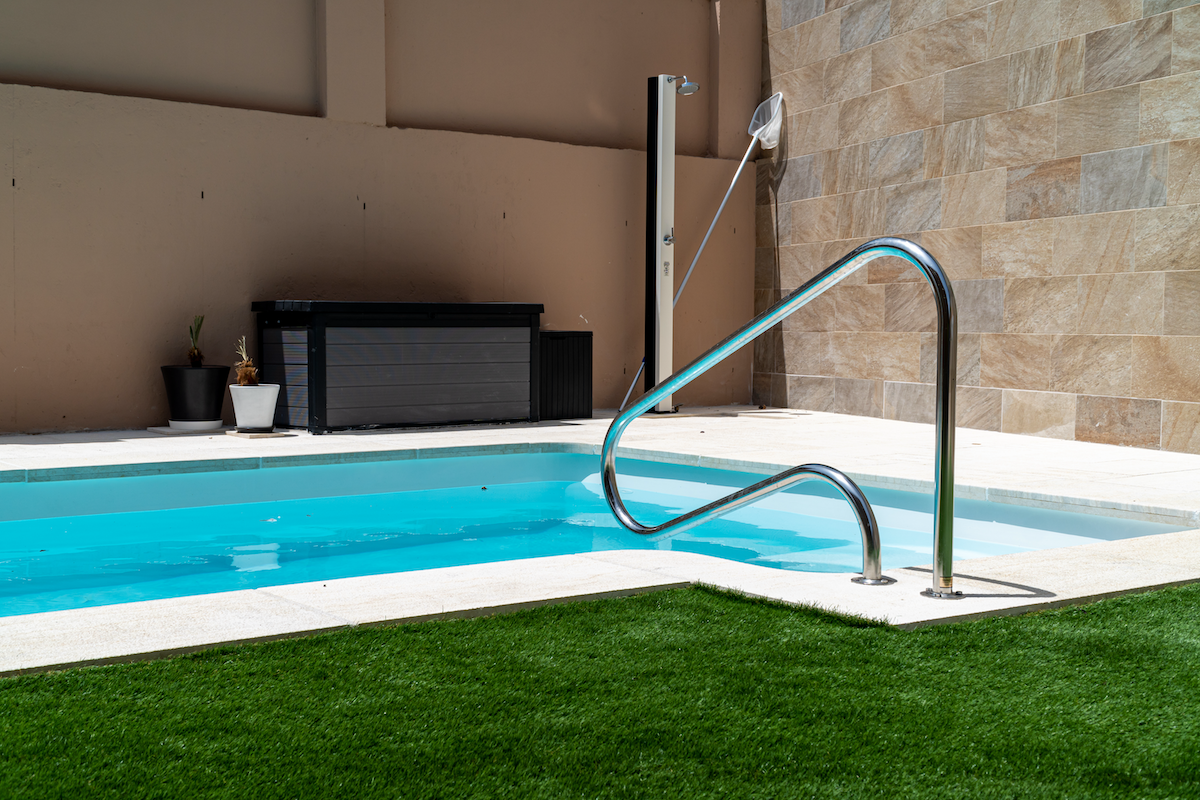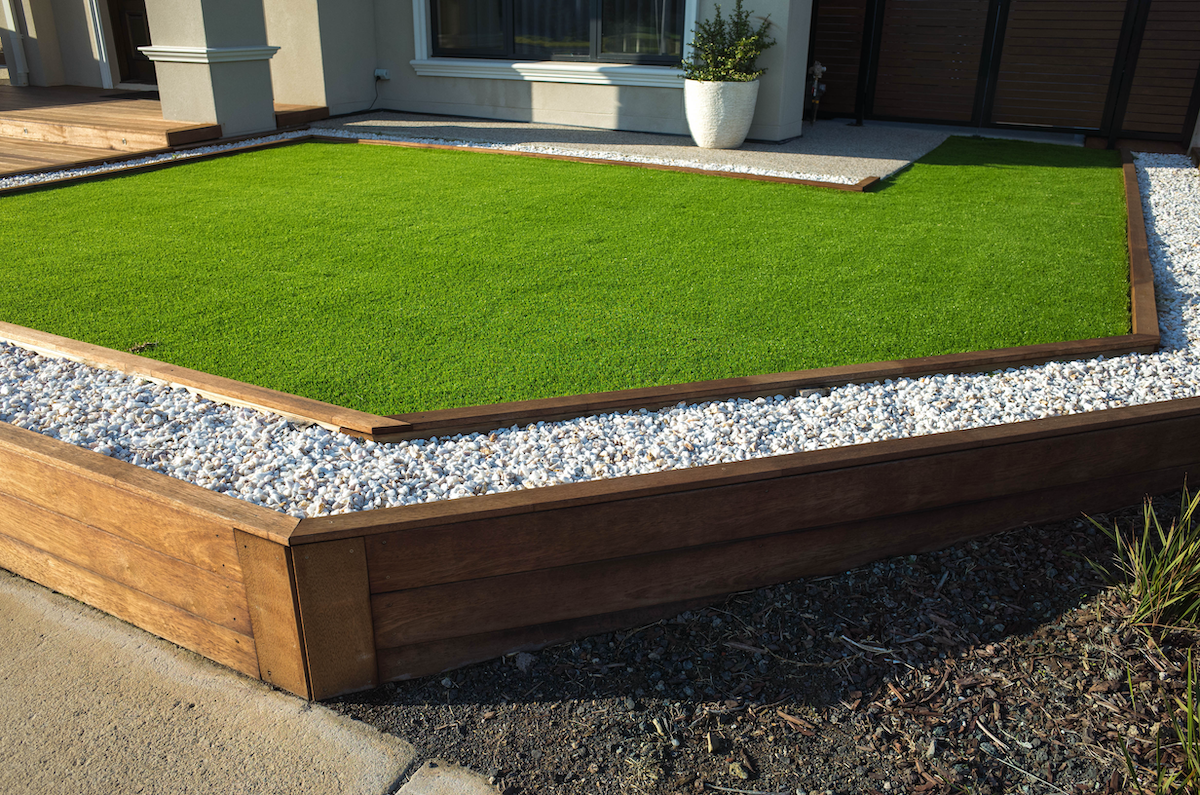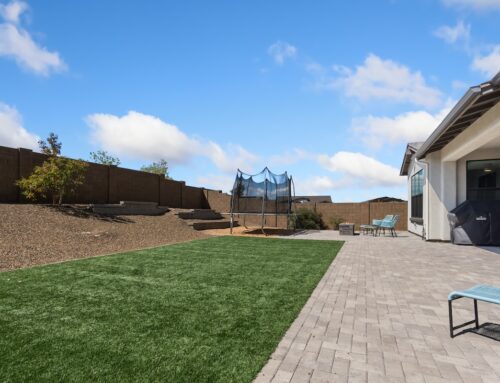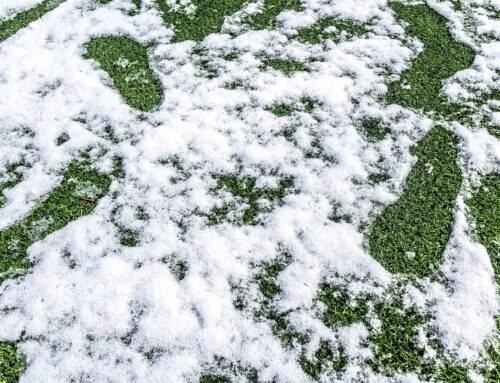Last Updated on August 11, 2023 by ReTurf
Have You Heard of Recycled Artificial Turf?
So, you might be wondering, “What’s the deal with recycled artificial turf?” Well, it’s a cool concept that’s creating a lot of buzz in the sports construction and landscaping industries.
When stadiums and sports fields decide to change their turf, the old stuff often has a bunch of life left in it.

Rather than wastefully tossing rolls of fake grass and infill into landfills every year—which amounts to a huge amount of material—it can be removed, rehabilitated, and refurbished to make it like new again.
The Journey from Stadium to Backyard
Used artificial turf often has many years of life left, given that many sports facilities and fields tend to replace their surfacing after a set period of years—well before the professional-grade material’s useful lifespan has been reached:

Therefore, instead of just letting massive amounts of used field turf clog up our landfills unnecessarily, the salvaged material is repurposed through a meticulous rehabilitation process.
Picture this: A giant stadium gets resurfaced with brand new, green turf. What happens to the previous turf if it’s still in great shape?
Here’s how it can be reclaimed and give it a whole new life as “recycled” synthetic turf:
- Rescue: Turf experts step in and save the turf from ending up in a landfill. We’re talking about used field turf that’s seen some great games—but is far from retirement.
- Rehabilitation: The turf is cleaned up, patched up, and any signs of wear or tear are sorted out.
- Ready to (Un-)Roll: Once it has been professionally refurbished, this turf is ready for action. When professionally installed, this artificial turf handle everything from high school football games, to your kids and pets running around on it in the backyard.
Why Recycled Turf is Scoring Big Points with Homeowners

Technically speaking, while “recycling” involves breaking down a material to its base components and creating something new, “reusing” is the practice of extending the life of an item in its current form, as is done with recycled artificial turf. This makes it more accurately a process of reuse rather than traditional recycling.
However, the end result is the same: a sustainable, eco-friendly solution that helps preserve our resources, protect the environment, and offers other benefits as well, including:
- Cost-effectiveness: Getting a piece of world-class stadium grade artificial turf in your own backyard doesn’t have to break the bank. Recycled field turf is a high-quality, budget-friendly alternative to new turf.
- Eco-friendliness: Did you know it can take hundreds of years for synthetic grass to break down in a landfill? Yikes. By choosing recycled turf, we’re helping to reduce waste and conserve resources.
- Versatility: Beyond sports fields, stadiums, and athletic facilities, recycled artificial turf is a champion in landscaping, playgrounds, pet areas, and more.
By rehabilitating and reusing artificial turf, we’re prolonging its lifecycle, reducing waste, and limiting the need for new materials.

Whether we call it “recycling” or “reusing,” this practice provides a cost-effective and environmentally conscious choice for a range of applications, from sports fields, to pools, to playgrounds, to landscaping needs. Imagine having a beautiful green lawn year-round—with no watering, fertilizing, weeding, or mowing!
The Bottom Line
“Recycling” sports field turf not only saves massive amounts of perfectly-reusable material from clogging up landfills; it also provides a budget-friendly alternative for new installations. It’s giving a second life to the hard-wearing artificial grass that once graced stadiums and sports fields.

Not only is recycled artificial turf a winning combination of affordability, durability, sustainability, and versatility, it’s also a game-changer for our planet.
Here’s to beautifying and enjoying our outdoor spaces—while saving some green in the process!



